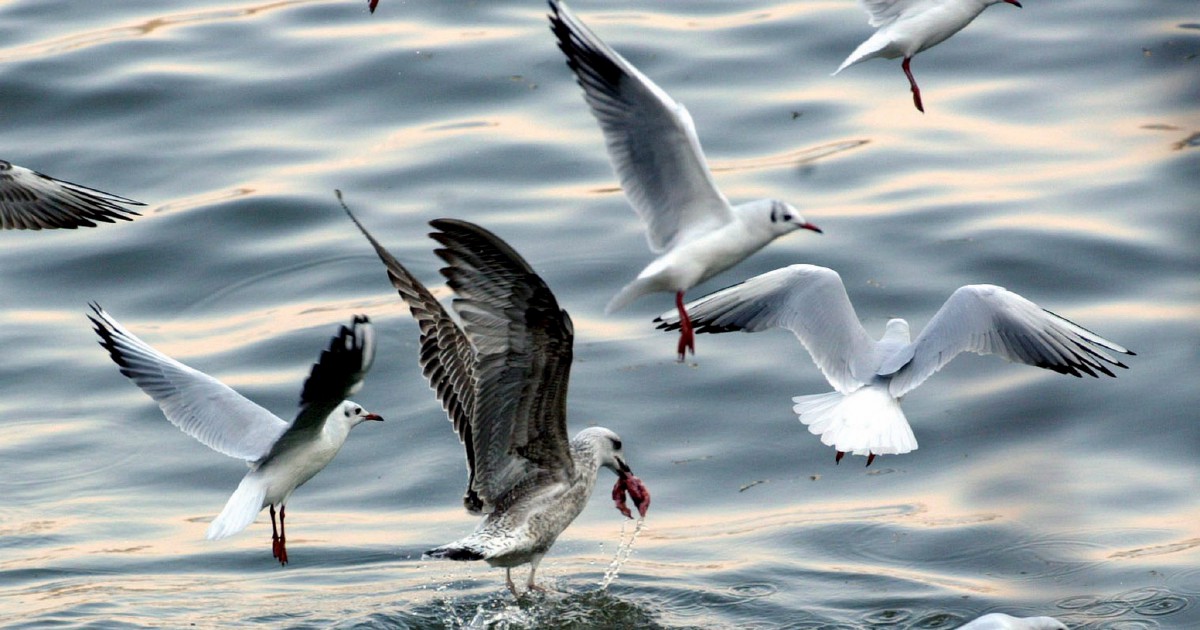The attention on the spread of H5N1 avian influenza from birds to mammals and humans (Cambodia, China, Ecuador and Vietnam) is always very high. The latest reported cases come from the health authorities of the British Columbia, in Canada, which have announced that the cause of death of 8 skunks (or American skunks) found lifeless at the end of February is precisely the virus. The animals had been found in residential areas in the cities of Richmond e Vancouver and had been tested as poisoning was suspected. However, tests confirmed that the mammals had contracted the same strain of avian flu A/H5N1 which has already caused the deaths of wild animals and poultry in the area since spring 2022. “While avian flu in skunks is considered to pose a low risk to human health, there are always risks when people and pets come into contact with sick or dead wild animals, including skunks and birds,” the provincial government said in a statement. from the British Columbia, inviting the population to contact the authorities in the presence of deceased animals. Since April 2022, more than 20 species of wild birds have been infected with bird flu in British Columbia, as well as two skunks and a fox.
However, the infection continues to affect mostly birds. An alert has been triggered in the USA for eagles, many infections have been recorded among Peruvian pelicans, in Europe seagulls are the main victim of the flu wave. There are currently no outbreaks in professional poultry farms since the first alert in December. In detail, according to the report of the EU agencies EFSA (European Food Safety Authority) ECDC (European Center for Disease Prevention and Control) Eurle (EU reference laboratories) – between 3 December 2022 and 1 March 2023 avian influenza virus – has been reported in Europe in domestic (522) and wild (1,138) birds in 24 countries. And in the latest report on avian flu by EFSA, ECDC and EURL specify that most of the human infections recently reported from non-EU countries “were related to people exposed to sick and dead poultry, not wearing personal protective equipment, particularly on backyard farms“. According to the ECDC “the risk to the general population in Europe remains low, and low to moderate for workers and other people in contact with dead and potentially infected birds and mammals”. Since the peak in November 2022, the number of outbreaks in poultry farms has decreased. Abnormal mortality has, however, been observed in gulls in France, Belgium, the Netherlands and Italy. The risk of infection in poultry could increase in the coming months as gulls spread inland, possibly overlapping poultry production areas.
Previous Article
Washington Post: “Ukraine short on troops and ammunition. Pessimism is growing”. And publish the testimony of a commander from Kiev

